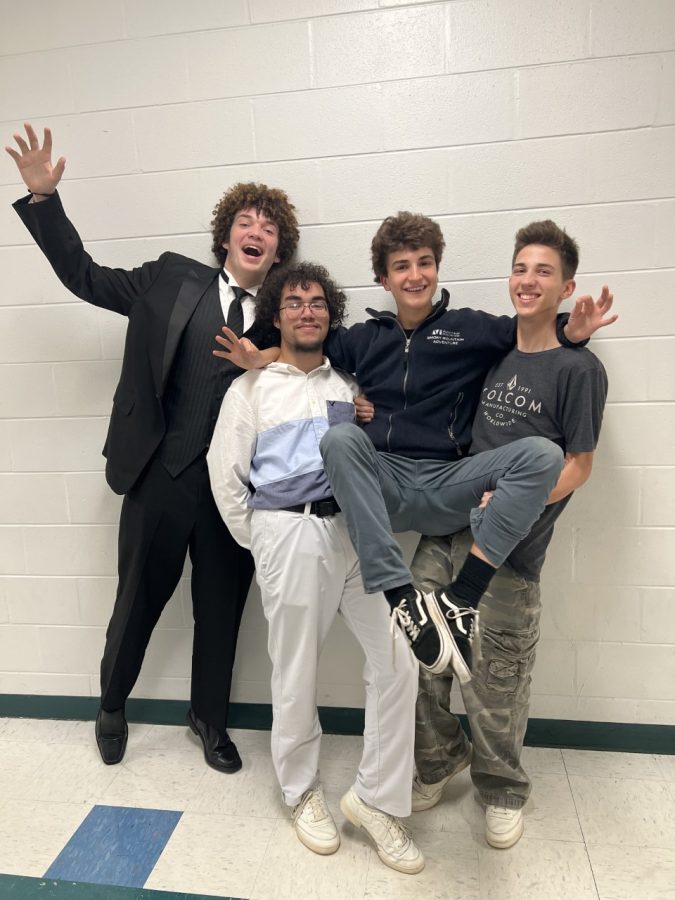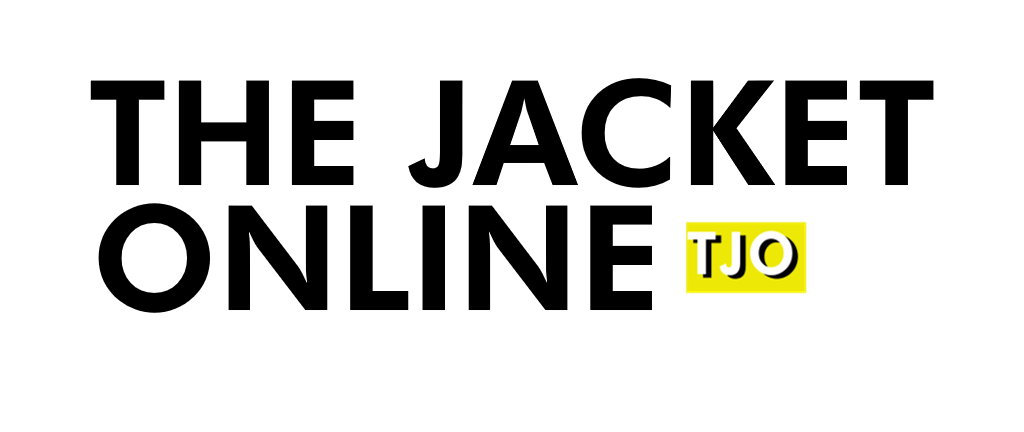Juan Ponce de León’s Major Discovery of Florida
In the late 1400s, Christopher Columbus sailed west of Europe and landed in the Galapagos islands. This served as a catalyst for American colonialism, prompting explorers from around Western Europe to sail over and try to build up settlements on the continent. Despite this discovery of new land, however, it would take nearly 30 years before the present-day US would be settled. In February of 1521, a Spanish man by the name of Juan Ponce de Leon would be the first European to discover the US by landing in Florida.
Ponce is believed to have been born in 1460, he was born into a wealthy family and most likely started his career as a sailor in 1493 on Christoper Columbus’ second expedition to the West Indies (modern-day Caribbean). He served as a captain in the region and was later named the governor of the small island of Hispaniola (an island divided by Haiti/Dominican Republic), encouraging him to stay in the region. Then, in 1508 he went on an expedition to the East, hearing there were gold reserves in that direction, and discovered Puerto Rico. He was named the island’s first governor. He later went back to Hispaniola and was taken out of the Puerto Rican government by his rivals. A few years later he was encouraged to continue his explorations by the Spanish government and decided to sail north of present-day Cuba.
Ponce went on his first expedition to Florida in 1513, where he sailed around the coast of the peninsula. He made several discoveries in this time, landing in modern St. Augustine, sailing into the Florida Keys, and finding the Gulf of Mexico. After making these discoveries he sailed back to Spain to gain approval to colonize the area, which he was given. He returned back to the area several years later, in 1921. On his return trip, however, he was mortally wounded while sailing up the West coast and died in Cuba after he was transported back there.
Ponce was killed on his 1921 expedition to Florida in a skirmish by a Native American tribe. This was the Calusa tribe, a group located in the Southwest region of Florida. This was not an isolated incident, as he had a history of violence against Native Americans. When he lived in Hispaniola he worked as a soldier fighting off Native Americans from Spanish land. He played a part in the enslavement of many indigenous people in the Caribbean and ironically was killed by an indigenous person’s arrow.
Juan Ponce de Leon was an explorer whose discoveries had massive ramifications on the continent. Given that exploration in the area was beginning across Europe, it was only a matter of time before the US was discovered, but finding it so early gave Spain a headstart on other colonizers. Taking Florida gave them an advantageous point to sail through the Gulf of Mexico and colonize Mexico, widening their access to a massive tract of land. This advantage meant they could access Middle America without having to go through the coast, which saved heavily on resources to get there. Furthermore, this gave them more time to set up settlements and build up a larger empire in Mexico.
Ponce named Florida after the Spanish word for flowery or full of flowers ‘Florido’, on account of the lush vegetation and orange groves in the area. Moreover, since 1953, April 2nd has been named a national holiday known as ‘Pascua Florida’, and celebrates Ponce de Leon’s discovery of Florida. This has been controversial in recent times where colonialism is under heavy criticism, but unlike Columbus day, at least this day celebrates the Europeans who really discovered America.
Your donation will support the student journalists of Blake High School. Your contribution will allow us to purchase equipment and cover our annual website hosting costs.







